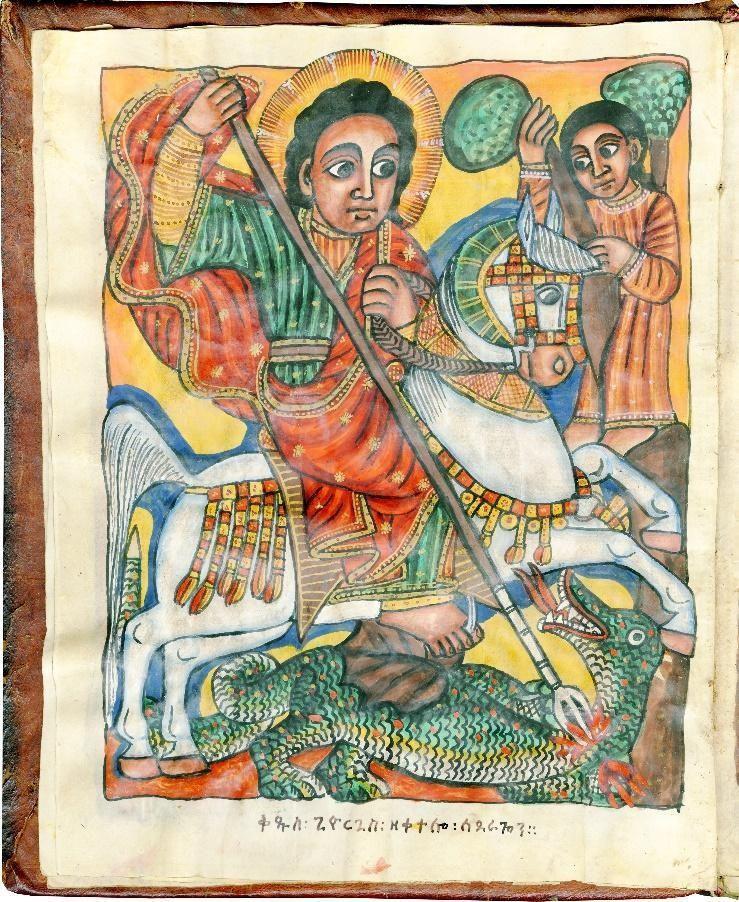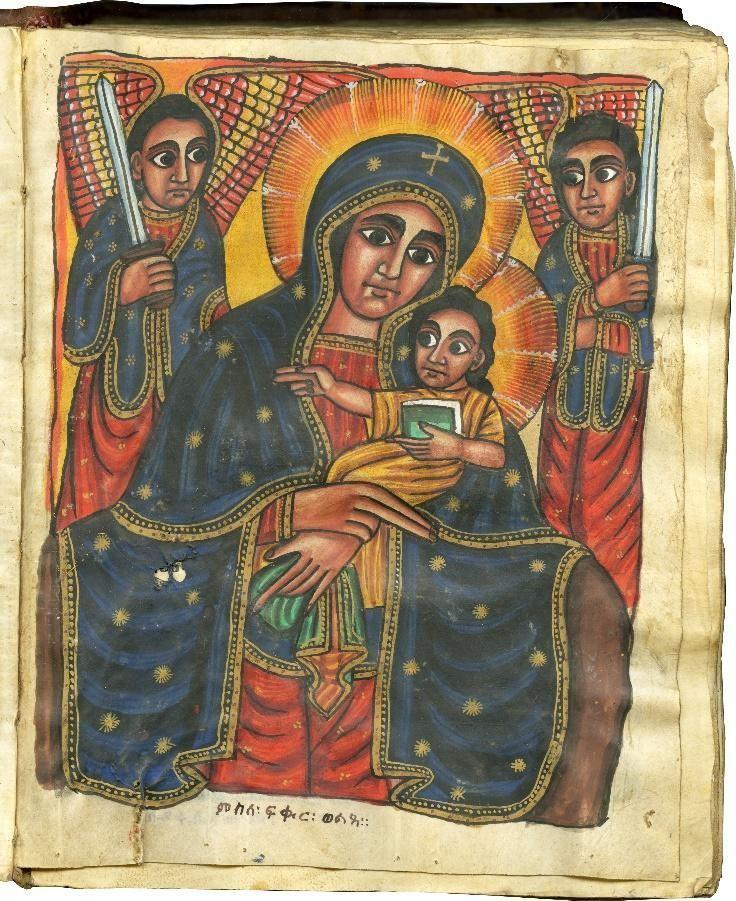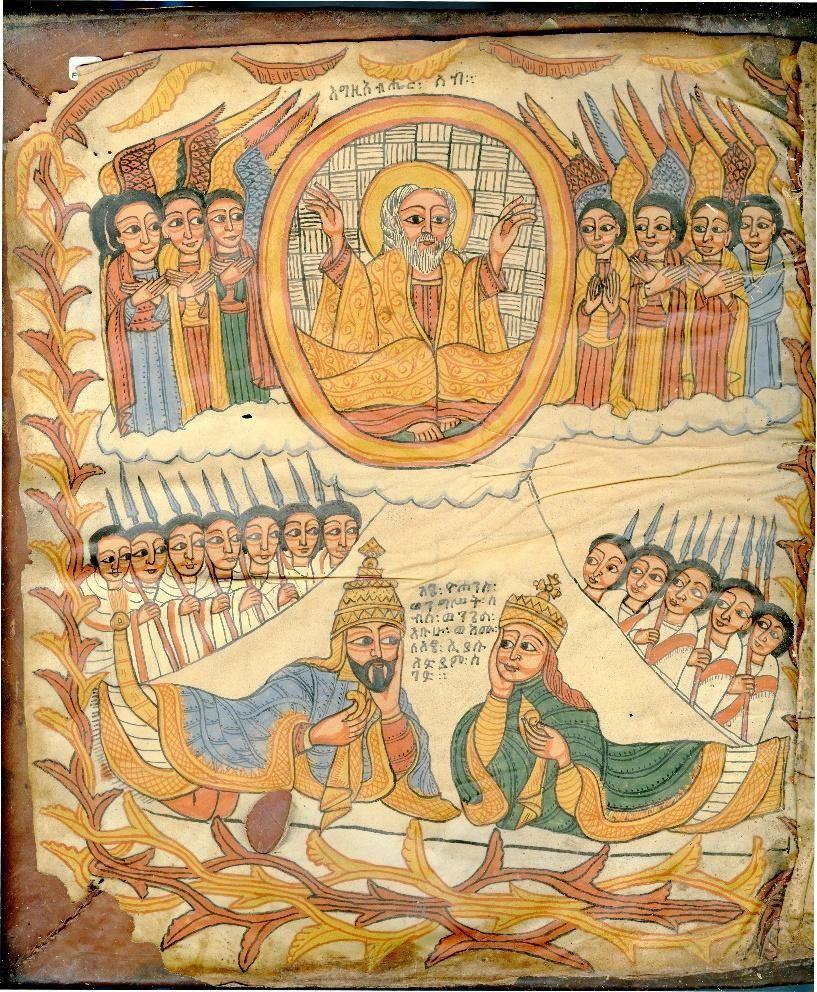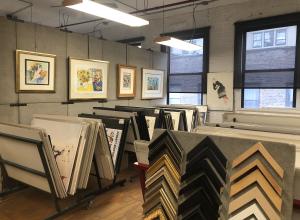Bill Voelkle: The Spanish Forger started it all for me. When I first began working at the Morgan in 1967, someone brought in two of this artist’s paintings. I was as green as could be, a complete novice, so I showed them to the then-curator John Plummer, and he immediately recognized them as the Spanish Forger. I was amazed. It turned out that this was an artist who already had quite a history at the Morgan. The first Director of the Pierpont Morgan Library, Belle de Costa Greene, was the person who both exposed the artist in about 1930 and gave this forger his name. She demonstrated that a wonderful panel painting of St. Ursula, attributed to Maestro Jorge Ingles, an artist active in Spain in the mid-fifteenth century, could not be “original” and was instead painted more recently–by a forger. Hence the “Spanish” part of the conventional name for the Spanish Forger. During her time at the Morgan, Belle de Costa Greene kept a running list of his work that by 1939 included fourteen items. John Plummer continued the list, reaching fifty works, and my own list now includes over 400 works (117 panels and triptychs, 11 manuscripts, 283 leaves). So, you could say that the Spanish Forger was born at the Morgan. We suspect now, however, that his style has nothing to do with Spain because he seems to have plied his trade in Paris, France. Clearly, he painted for profit and to deceive, exploiting a market for a particular vision of medieval times.
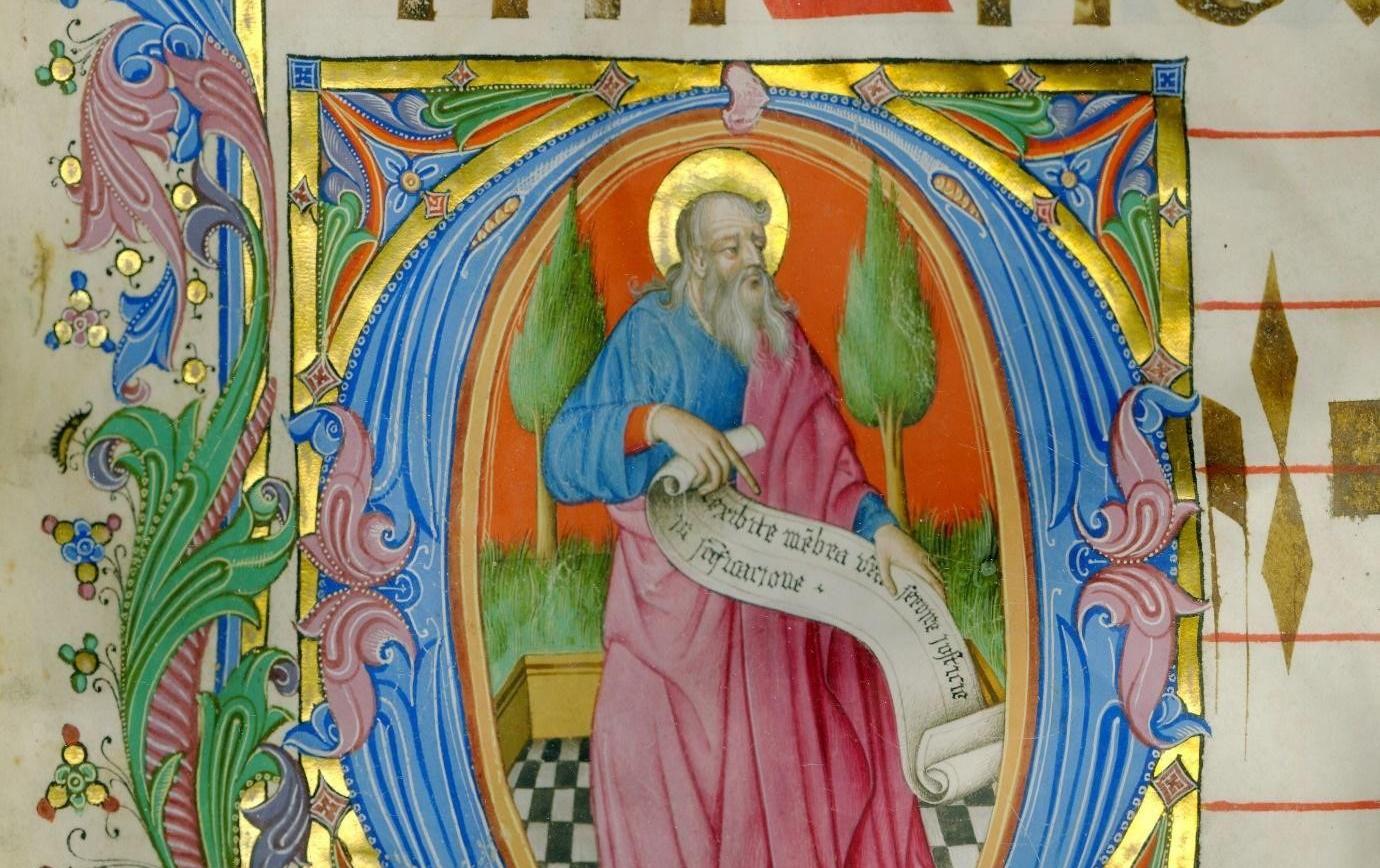
Illuminated leaf from a Choir Book by a fifteenth-century Spanish painter known as the Master of the Cypresses
William Voelkle, Emeritus Curator of Medieval and Renaissance Manuscripts at the Morgan Library & Museum, retired in September after fifty years at this illustrious institution. An exhibition opening this week celebrates one of “Bill’s” life-long passions: his collection of fakes and forgeries, which he assembled over nearly five decades. Voelkle’s work on the 1978 exhibition and accompanying monograph about the Spanish Forger made him one of the only forgers in history to benefit from a one-man show at a major museum and established his fame. A dozen of this artist’s work now forms the core of Voelkle's collection of well over sixty items, including the first work he acquired in 1972, a remarkable panel painting. Many other works complement the collection of Spanish Forger illuminated manuscripts and paintings: Ethiopian codices by the so-called Synkessar Miniature Forger, Coptic leaves adorned with musical notation, miniatures by Caleb Wing who taught illumination to young women in Brighton, a work by the modern-day nuns at the Abbey of Maredret in Belgium, who specialized in the art of illumination, among others. Voelkle also has a parallel collection of “real” illuminated manuscript leaves, which help round out the story of his fascination in fakes and forgeries.
Bill Voelkle shared his unusual collection with curator Sandra Hindman for Art & Object.
Sandra Hindman: How did you get started building this collection, which is highly unusual for a museum curator?
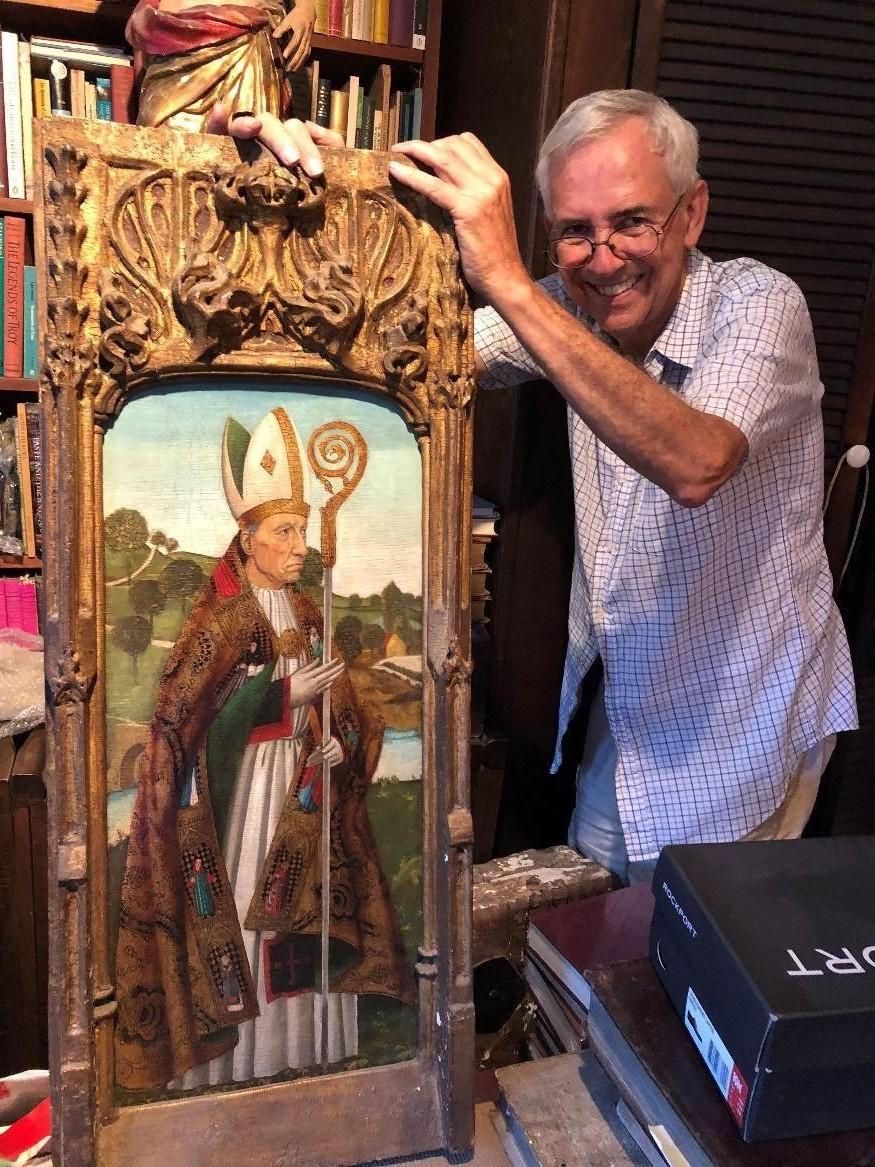
Bill Voelkle
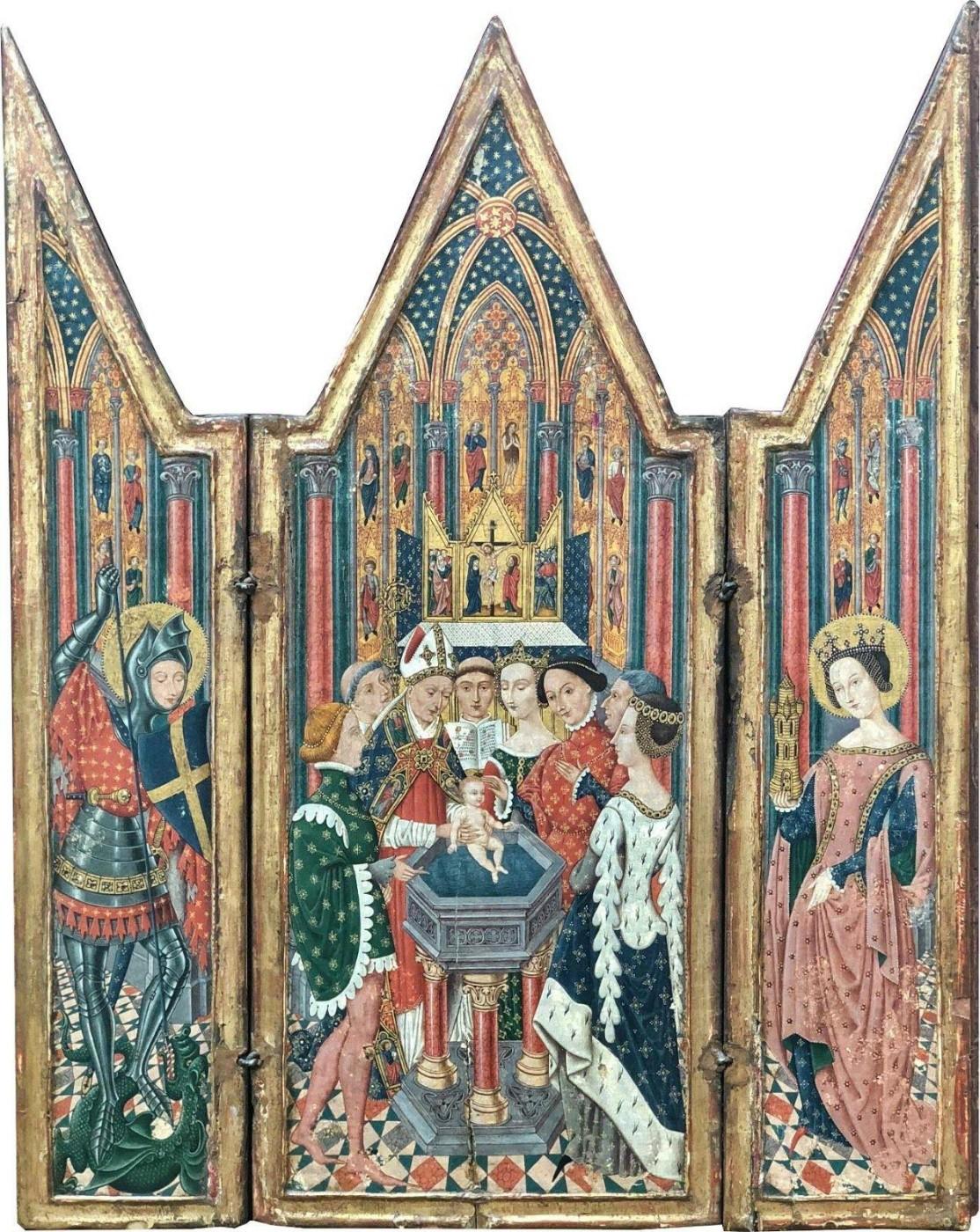
Spanish Forger, Triptych of a Baptism with Saints George and Barbara
SH: How did your collection evolve after your initial interest in the Spanish Forger?
BV: I began to be interested in the broader question of fakes and forgeries in other cultures and in a variety of media. This is around the period when museums started to do exhibitions, such as a well-known exhibition in Minneapolis in 1973 entitled Fakes and Forgeries that featured a couple of Spanish Forger works but also an extensive range of other artworks. I own a small group of Ethiopian codices by an artist now known as the Synkessar (from Synaxary or Synaxarium) Miniature Forger, a painter thought to have worked in modern-day Ethiopia in the 1980s. They started to appear in the West in the 1980s with export licenses, were illuminated with between twenty to forty miniatures, and some were sold as genuine by Sotheby’s. In fact, under Emperor Haile Selassie (1892-1975) no manuscripts of any antiquity could be exported without a license, making it virtually impossible to obtain richly illuminated royal manuscripts. Initially, it was not recognized by Sotheby’s or others that the Synaxarium, or a collection of saint’s lives, is actually a relatively common text in Ethiopia (the British Library has twenty-four such manuscripts) but was never illustrated and since they are written in Ge’ez, few people in the West could read them. So, although these massive, extensively illuminated manuscripts might have aroused suspicion, at first they didn’t. Most of the miniatures were painted over text and do not exhibit the signs of wear found on the vellum; their condition is thus at variance with that of the vellum. Clearly, the licensers were aware of the hoax.
One of my Synkessars was ostensibly made for Atse Yohannes and Queen Sebl Wengel, who are depicted on the frontispiece lovingly gazing at each other. They are protected by the royal guard, while above, in a mandorla flanked by angels, a blessing God looks on.
SH: What is your most recent acquisition?
BV: My answer relates to another story. One day, a fellow named Ovid (of all things) brought into the Morgan a shopping bag of 8th to 10th-century Mayan codices. Just glorious. If right, they would have been the earliest illustrated manuscripts in the Americas. What a find. The manuscripts had even been carbon dated! Then, the whole thing collapsed. I sent the images to Michael Coe, the expert on Mayan glyphs at Yale University, and it was his view that the glyphs were wrong. The carbon dating applied to the material on which the forger painted but not the paintings. The deceit was exposed when codices that were dated centuries apart had paintings by the same artist. The Spanish and Synkessar Forgers also painted on genuine manuscripts; the Spanish Forger’s manuscript stock, for example, varied from the 14th to the 16th century!
The story never made the news, and I don't know what happened to the manuscripts, but the Morgan was given a leaf. The experience was fascinating—and so very recently, when I visited an antiquities dealer (Howard Nowes on East 81st Street), who specialized in Pre-Columbian art, I asked him if he ever came across any of them. Much to my surprise, he just happened to have a forgery, but it was made after the Codex Colombino, a 12th-century Mixtec codex in the National Museum of Anthropology in Mexico City, which I purchased on the spot!
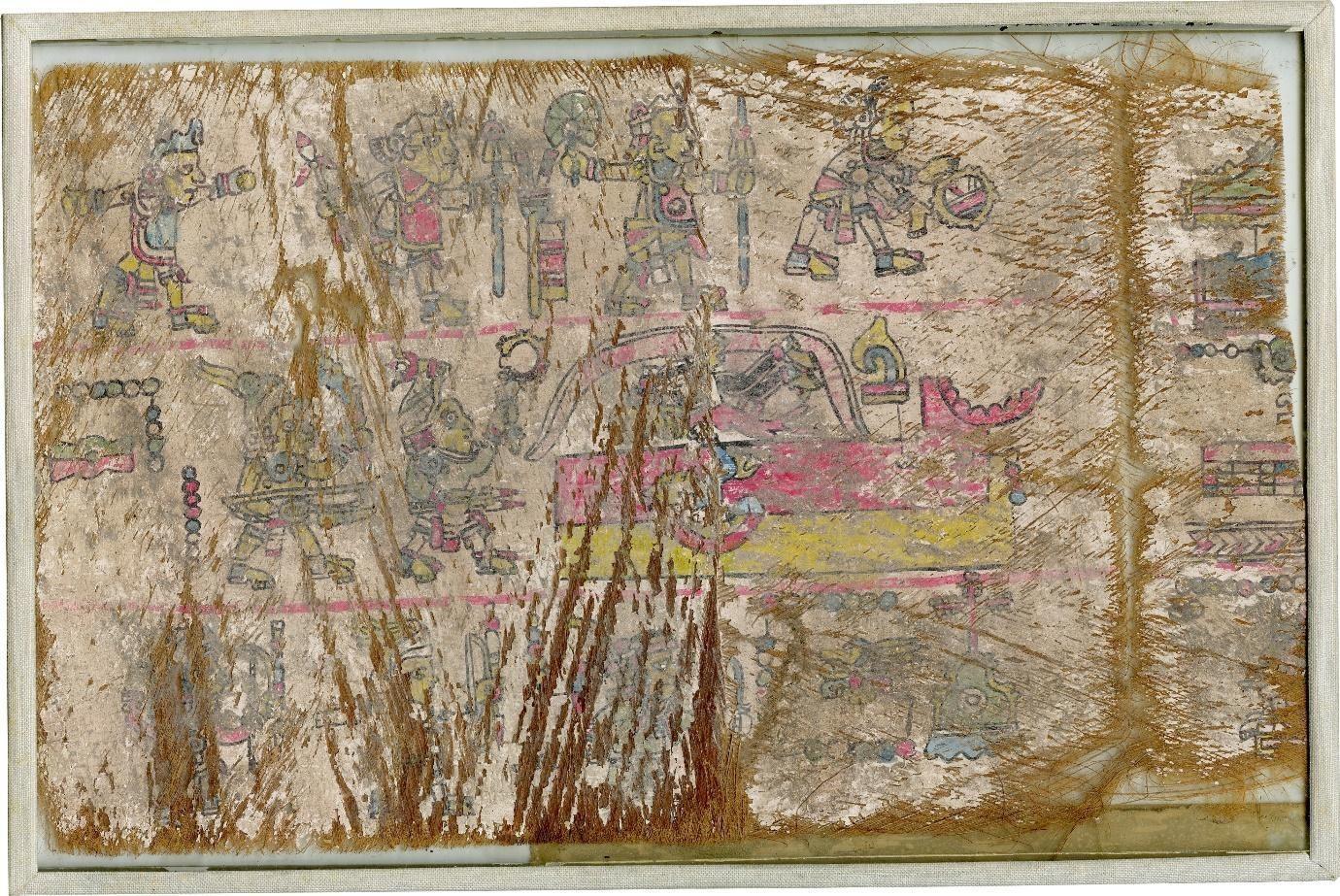
Forgery made after the Codex Colombino, a 12th-century Mixtec codex in the National Museum of Anthropology in Mexico City
SH: Do you have a favorite forgery within your vast collection?
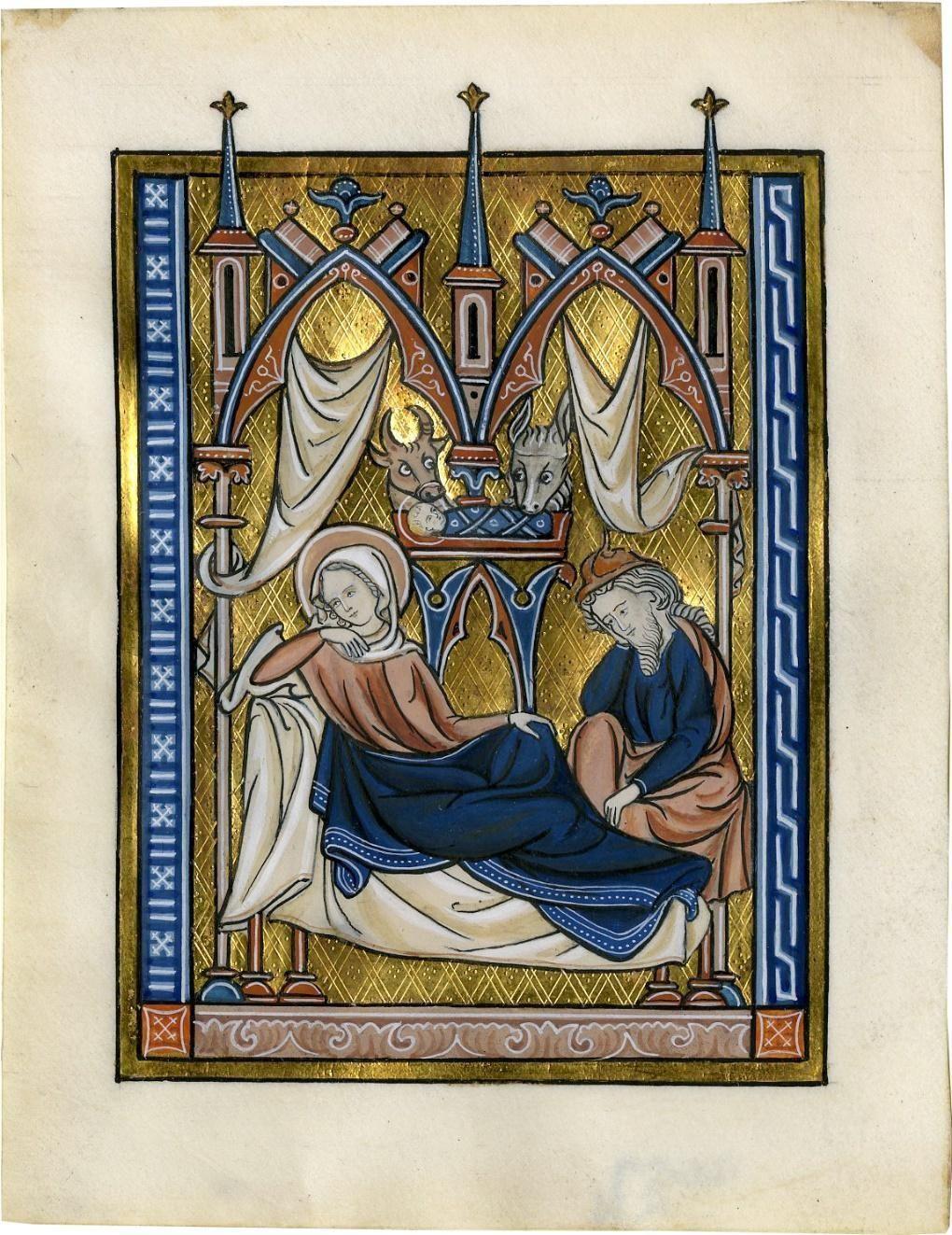
Nativity painted after folio in the Morgan's collection
BV: Indeed a couple of them. There is a beautiful miniature of the Nativity painted after one in Morgan’s collection. Strictly speaking, this is not a forgery, but rather a copy or a facsimile, for the nuns of Maredret use medieval techniques and styles to make “modern” illuminations. What fascinates me about collecting is learning about my pieces. So, to explain my interest in the Nativity miniature, I need to tell another story about the Morgan. There is a manuscript of the Nuptial Mass in the Morgan by the nuns of Maredret. It shows a marginal illustration of medieval archers shooting arrows at zeppelins, a sort of pictorial souvenir of the presence of German troops in Belgium during World War I. It was purchased by J. P. Morgan (Pierpont's son) through Sir Frederick Kenyon, Director of the British Museum in 1921 and given by him to the library. Thus, when Maggs recently offered a Nativity presumably sent as a Christmas card (inscribed “Affectueux souhais de Noel, Cecile de Hemptinne”) to Lady and Sir Frederick Kenyon about 1920, I immediately bought it, recognizing that the Nativity was a copy of the Morgan’s. But there were other compelling connections as well, for Greene had sent the nuns a copy of M.R. James’ Catalogue of Manuscripts from the Libraries of William Morris, Richard Bennett... (London, 1906), which had a few actual size color plates, including the source for the copy! Kenyon did much to promote the work of the nuns, and the Nativity is probably by Sister Marie Madeleine Kerger (1876-1959). In a letter to Dyson Perrins of January 6, 1921, Kenyon praises the work of Kerger, the principal artist at Maredret.
A second one is a leaf in a 16th-century Flemish style that I bought at Swann’s in which the artist ingeniously used aquatic themes in the borders surrounding the Baptism of Christ: fish and turtles swim among the plants, while in the two roundels Moses produces life-saving water when he strikes the rock, and Pharaoh’s daughter finds Moses in the bullrushes of the Nile. The latter, remarkably, includes the pyramids of Giza!
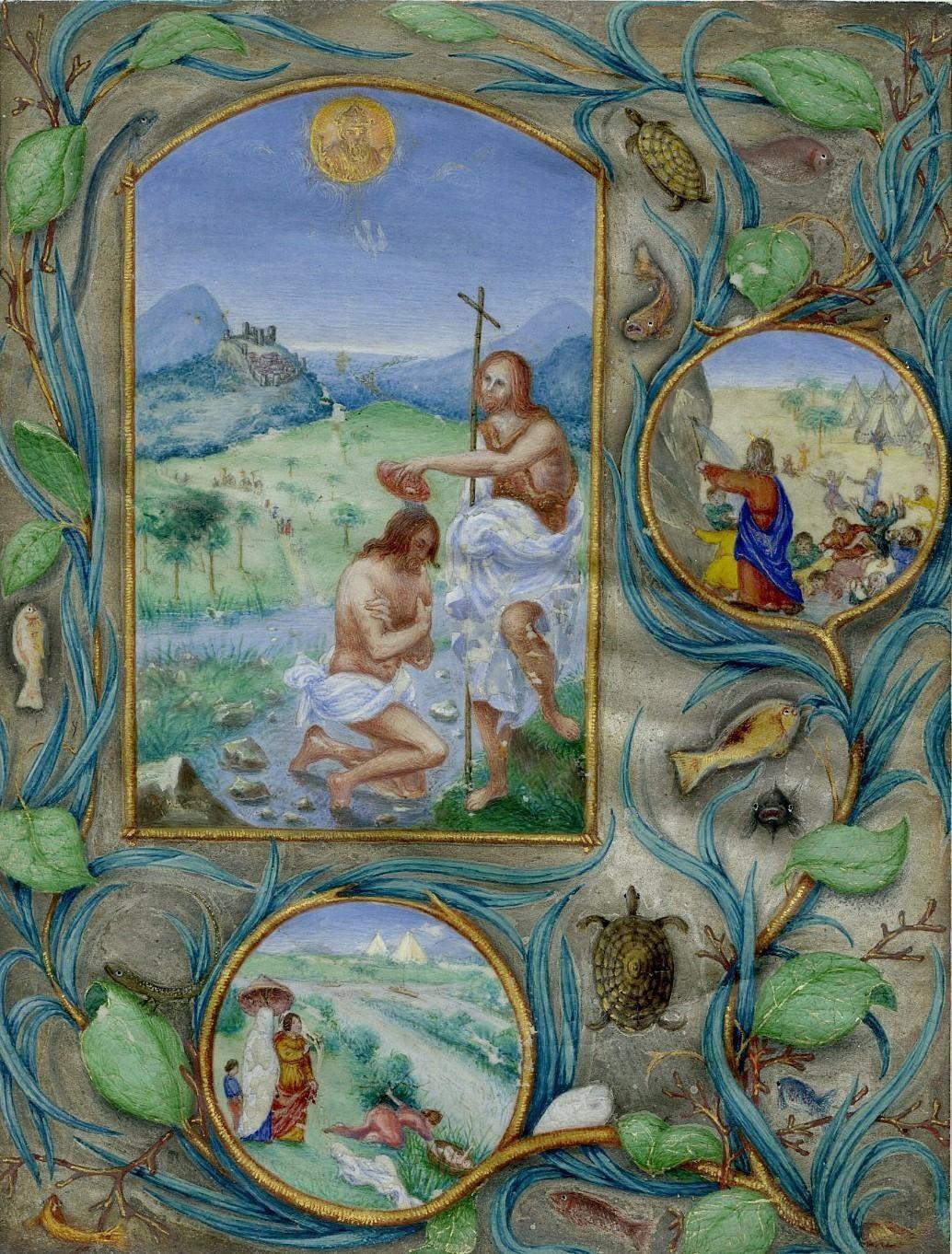
Leaf in a sixteenth-century Flemish style
Holy Hoaxes: a Beautiful Deception, an exhibition celebrating William Voelkle's collecting, is open January 16 to February 2, 2019, at the gallery Les Enluminures, 23 East 73rd St., New York.




